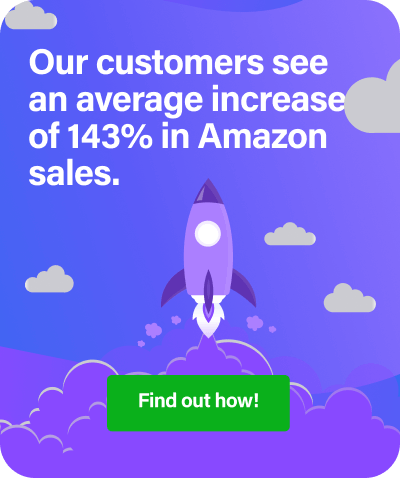Amazon plans to offer brick-and-mortar retailers a Kindle checkout system by the middle of 2014, leaving many in a tricky situation—jump into bed with the giant e-tailer that directly competes with them for sales, or go it alone and continue with their own strategy online.
According to a Wall Street Journal article, Amazon may provide incentives to physical retailers by advertising their stores’ sales, promotions and discounts on Amazon.com and its daily deals site, Amazon Local.
Fast Track to the Physical World!
For Amazon, this could be a massively quick route into the physical retail space which still accounts for approximately 90% of all commerce (online ecommerce has 10% of the pie). Whilst many predict Amazon-own brand stores in the future, this move could be just the first step in an ambitious plan to bridge the gap between online an offline sales.
It also seems like the perfect match for smaller retailers that don’t have large budgets to explore online channels—they can learn a lot from the online model–in fact this is probably Amazon’s target audience for such a system right now—larger retailers are unlikely to want to give up their current infrastructure.
Of course the flip side of the deal is that retailers will be wary of partnering with a company that directly competes with them. They have plenty of evidence and scenarios from past Amazon trading to give credence to their concerns, but it’s whether or not they believe the benefits outweigh the negatives. As Richard Crone, chief executive of payments advisory firm Crone Consulting explained to the Wall Street Journal, “At the end of the day, a merchant wants to make a sale, to drive up business. And if Amazon or anyone else can help them do that, that’s tough to turn away.”
Payments Services Space Hotting Up
The battle in payments services is certainly hotting up, with Amazon’s Kindle checkout system seemingly going head-to-head with startups like Square and more established companies like PayPal and its credit card reader technology. Even Apple is rumored to be preparing for a push into mobile payments for physical goods, as discussed by Techcrunch recently. And that’s a big deal considering the company has 600 million users with credit cards on file, compared to PayPal’s 137 million active users.
Only time will tell how this will all shake out, but one thing is for sure, there will be many twists and turns before any group of companies comes to dominate this space (if any do at all). And those who do want to win in mobile payments have to challenge and make inroads into the space where 90% of commerce resides right now—offline.
[fusion_builder_container hundred_percent=”yes” overflow=”visible” margin_top=”40″ margin_bottom=”” background_color=”rgba(255,255,255,0)”][fusion_builder_row][fusion_builder_column type=”1_1″ background_position=”left top” background_color=”” border_size=”” border_color=”” border_style=”solid” spacing=”yes” background_image=”” background_repeat=”no-repeat” padding=”” margin_top=”0px” margin_bottom=”0px” class=”” id=”” animation_type=”” animation_speed=”0.3″ animation_direction=”left” hide_on_mobile=”no” center_content=”no” min_height=”none”][fusion_separator style=”shadow”/]
[/fusion_builder_column][/fusion_builder_row][/fusion_builder_container][fusion_builder_container hundred_percent=”yes” overflow=”visible”][fusion_builder_row][fusion_builder_column type=”3_4″ last=”no”]
Want Pro Tips for Selling on Amazon?
[/fusion_builder_column]
[fusion_builder_column type=”1_4″ last=”yes”]
[/fusion_builder_column][/fusion_builder_row][/fusion_builder_container]


